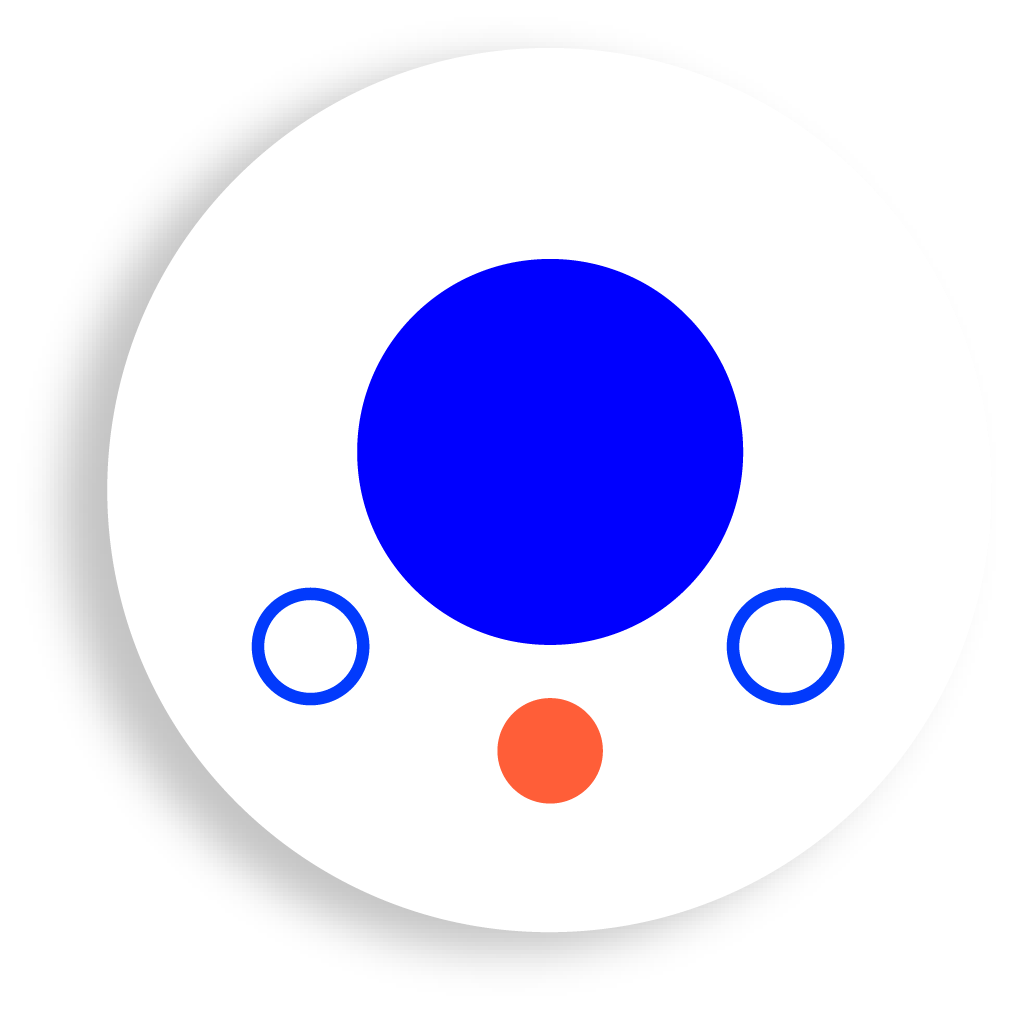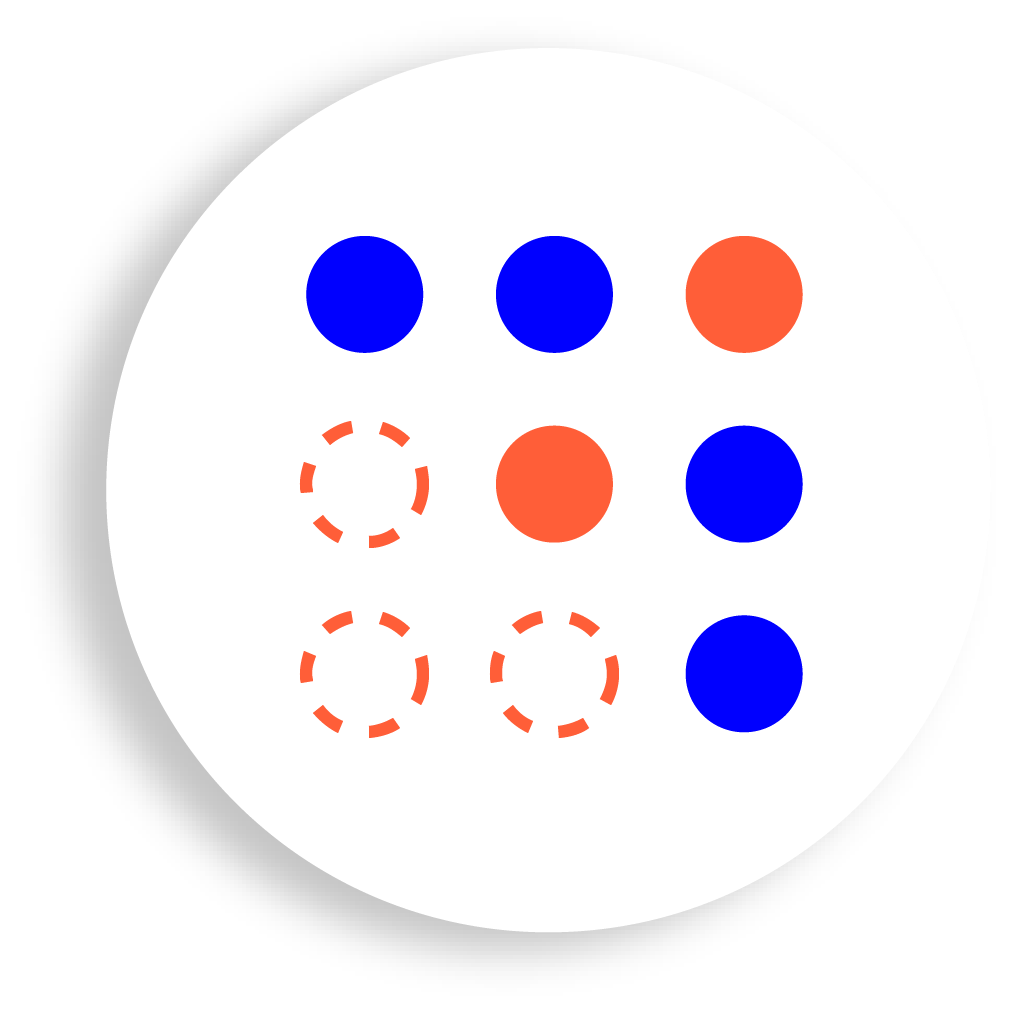In design research, understanding what makes for a successful collaboration is vital to achieving positive research outcomes. We reviewed nearly 20 years of past projects and interviewed some clients with whom we have closely collaborated. As a result, we identified 5 collaboration roles that illustrate the dynamics and qualities needed for achieving not only successful project results, but also lasting and trusting client-agency relationships. At Stby, we have taken on and crafted these roles, often on top of the researcher role we always have in almost every project, in response to the unique context of each project and client. The article below describes what these 5 roles and their defining features are.
Podcast: Discovery Dialogue
Our colleagues Qin and Paulien have recorded a podcast wherein they share their personal experiences with taking on some of the roles. We titled the podcast ‘Discovery Dialogue’. This is the first episode, and more may follow. You can listen to the podcast here.
The five roles that enable Agile Collaboration:
1. Coordinator
At Stby, we do not have separate project managers in our team. Our design researchers coordinate their research activities themself, no matter the scale of the project. There are always many moving parts to coordinate, especially in global projects. We have found that researchers who are able to work as a coordinator often have the soft skills that make all other collaborators feel at ease. A coordinator can smoothly orchestrate the various workstreams for clients, research partners (in multiple locations), recruiters and other collaborators, while knowing that these are all experts in their trades, they also benefit from one person who fine-tunes things as the project progresses. We constantly work on projects where research is done in many locations, so we must adjust bits here and there and respond to the local research progress and hiccups. Being experience researchers ourselves, we can easily play to the strengths, praise the efforts, support where skills are lacking, and offer encouragement when needed. Being able to build rapport and trust with various parties in a fast-moving project involved is essential, thus, a good coordinator makes a big difference.

A good coordinator often utilises the following tools and techniques to build these relationships alongside the research tasks:
- A clear strategy for using a mix of live and asynchronous communication channels.
- Balancing attention between group communication and individual conversations.
- Being aware of the cultural nuance in communication styles, especially for global projects.
- Differentiating communication on what’s research content and what’s non-content.
- Keeping an eye on the overarching research objects.
2. Co-analyser
Traditionally, the process of converting data into actionable insights is a black box. We know, it’s a bit scary. Especially if you are used to only sharing your polished insights with outsiders. Allowing others to participate in your analysis can be a vulnerable experience, as you may feel open to criticism or distraction. But since a few years ago, when we tried to show our clients and our collaborators how we process the data we collect very transparently, we experienced the opposite: taking on a co-analyser role instil more confidence in our collaborators towards our research findings. Of course, we don’t let others tell us how to do our job, but finding the right moment to bring people in can make a positive impact beyond imagination. We organise mid-analysis sessions to show how we cluster and synthesise data, and our collaborators are encouraged to input based on what they see. This level of transparency allows clients and key stakeholders to get a taste of the research without waiting for the final report. They also have the opportunity to influence how the final conclusions are drawn, and more importantly, provide a business perspective that can help guide the prioritization of findings when the insights are still being developed.
We find the following tools and techniques have helped us in the role of a co-analyser:
- Combining online whiteboards and video reels is a powerful tool to capture feedback and exercise prioritisation.
- Making sure the key stakeholders are invited and understand the purpose of a mid-analysis session.
- Staying neutral from local bias in global analysis.
- Integrating the material generated in the mid-analysis into the final delivery package to allow tracing back for evidence.

3. Teacher
We hear a lot about democratising research and empowering design teams with research skills at conferences, but how many of us consider ourselves teachers in our line of work? Being able to do your job well, does not always translate to teaching others to do it as well. At Stby, clients often come to us for the expertise they don’t possess in their current team. Or we find out during a research project that we have knowledge or experience that’s best to teach others for better results. Taking on the role of teacher could empower and upskill our clients and/or collaborators. It can take different forms. Sometimes, we run a workshop on a specific technique so that others can learn to use it in their practice. At other times, we operate more as a mentor who meets and supports the client team alongside their research project to guide them through the research process and supply them with tools and techniques for research and documentation as they progress. Being a teacher allows us to collect and translate our knowledge and skills in a structured way for those who need it.

Here are some tools and techniques we found valuable in a teacher’s role:
- Breaking down your own decision-making processes into smaller steps and explicitly explaining the why behind your intuitive choices.
- A tool bank for fast reference for the teacher, and for self-referencing for the learner.
- Using reflective practice techniques within product-based learning experiences.
- Tailoring training sessions to the context of the learning.
- Bringing different learner teams together for peer learning with each other
- Triggering feedback loops from one learning milestone to the next.
4. Catalyst
In some projects, we use design research to bring people together to achieve a common goal. In addition to collecting and analyzing data, we help build community and connections between different parties to create a community of practice. The goal here is to design ourselves out of the community when the project is completed. For example, we worked with communities to create a vision for a collection of organizations and people with different backgrounds. We take on a catalyst role by helping to initiate and activate these connections, with the expectation that they will continue to grow and develop with the blueprint we co-created with them. Although this type of task is not often listed in a design researcher’s job description, we are proud of our ability to facilitate conversations and bring different perspectives and innovative solutions together, which offers a key asset to speed up the forming and functioning of a community of practice. Some of you who practice participatory design or policy co-design would likely find yourself in this role more often. We believe that when we can be a catalyst and not just a researcher, our work makes a more significant impact because we help more people to think in a participatory way.
Some of the tools and techniques we use as catalysts are:
- Working with ambassadors who would do participatory design with participants/citizens/function teams that they best represent.
- Empowering non-hierarchical communication between people from different backgrounds/disciplines/viewpoints.
- Research into hope and fear to understand the most basic human emotions.
- Guiding speculation of a future vision for the community to orient conversations toward possible shared values.

5. Strategic thinking partner
Delivering one good project is one thing; continuously delivering good projects one after another is a different beast. With some of our long-term clients, we are a proud strategic thinking partner who goes beyond projects. We actively engage in reflective and collaborative conversations that help them explore ideas and gain new perspectives. Based on years of collaboration, we have a deep understanding of the strengths and weaknesses of the client’s team, which allows us to bring in perspectives that challenge how clients think or look at certain topic areas but stay relevant to their strategy and ambitions. As a thinking partner, we remain critical yet open-minded when supporting our clients in exploring new technologies, new markets, and new ideas. Also, when the people we worked with change their function, they often reach out to us to help them to use research insights to thrive in their new roles.

Here are some tools and techniques that help us become an excellent strategic thinking partner:
- Active listening and welcoming open conversation about vague ideas.
- Continuously building on existing knowledge, taking learning from one project to another and reflecting on them as you move forward.
- Devoting time and energy to know the client at a personal level, their career ambition and deep motivations.
- Visualising abstract processes and research outputs to help others in the team understand what design researchers do.
Each collaboration role brings its own characteristics and strengths to the table, contributing to the success of a short-term or long-term collaboration. From fostering honest relationships to guiding clients through change, from analysing data collaboratively to catalysing progress, these roles help us build more skills beyond our traditional research training.
Podcast: Discovery Dialogue
Our colleagues Qin and Paulien have recorded a podcast wherein they share their personal experiences with taking on some of the roles. We titled the podcast ‘Discovery Dialogue’. This is the first episod, and more may follow. You can listen to the podcast here.
